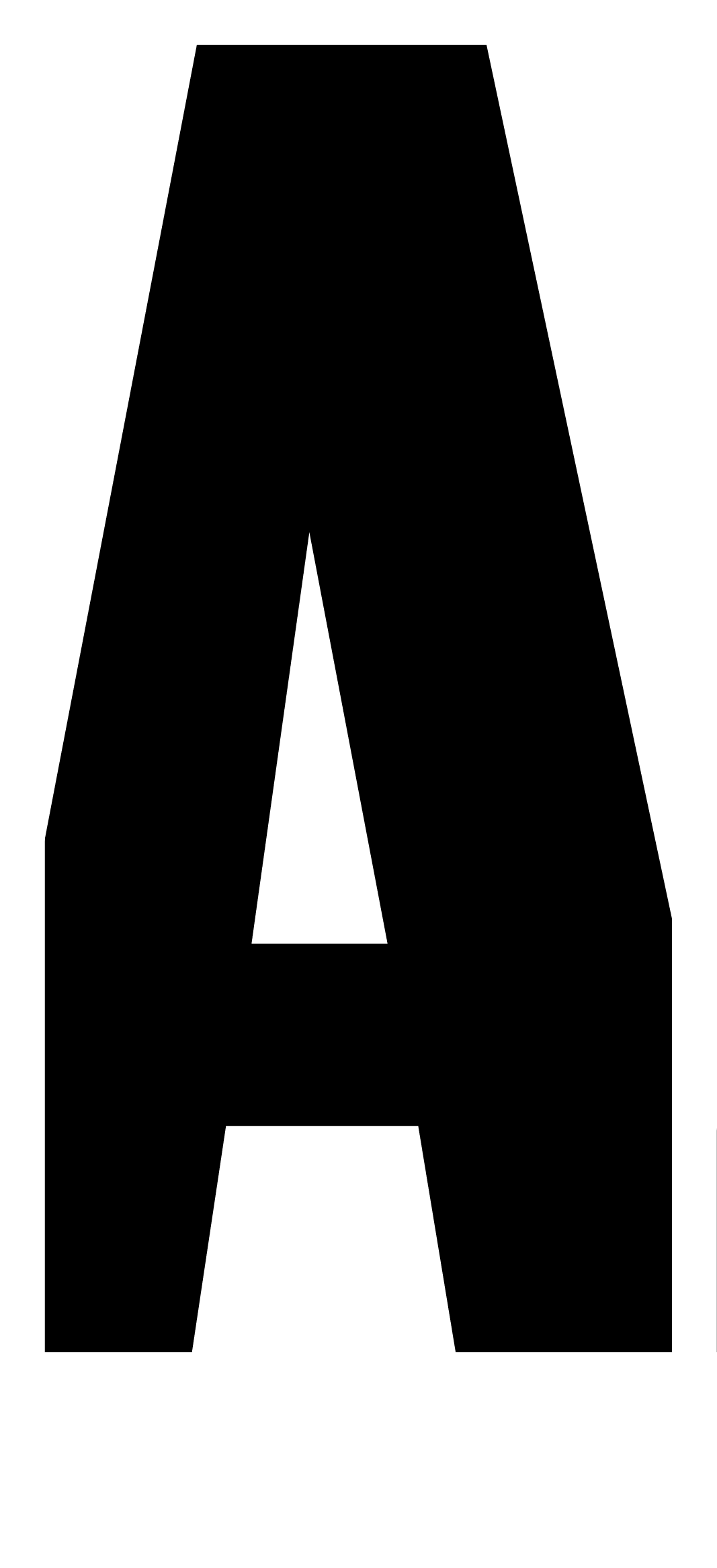How multiplicity of design research methods lead to a deconstruction.
The goal of this design research is to understand, reflect and rethink systems of classification. By using a multiplicity of methods and tools, the perspective on the subject of classification shifts, which leads to a diversified deconstruction of the issue. By creating a database and consequentual an analysis through mapping, I believe that these design products not only shows the objects and issues we see, but also the ones we do not see. The typology not only shows the groups that are talked about and which groups are talked about more than others, but it also shows the intricate system of classification. It shows a certain design of how human groups are organised, how the many classificatory systems are entangled with each other. Unraveling them, gave me more insights into understanding ‘what we are talking about’, when dealing with issues of identity in an age of cultural diversity.
The stereotypology shows the power of words and images. By filtering these ‘typical words’ out of the larger article and grouping them with other words used to signify this group, the subliminal is made visible, the hidden is revealed. Perhaps the results are not that surprising (don’t we already know that the mediated image of the muslim is a false image; stereotypical, one-sided and filled with fear?), but the infographics makes this visible and tangible. The ‘typical words’ show how certain ideas are institutionalised, by e.g. politician, education or the media.
The third visual analysis, the dialogue, is basically an effort to make the work of classification more inclusive. While the initial goal was to create new systems of organising people into groups, the dialogic aspect of this model is proven to be far more interesting. In other words, the relevancy of this dialogue lies not in the result. The desired outcome is not a proposal for a new classification system, but an open and inclusive conversation about what identifies us.
After all these analyses, perhaps this project provides a more existential insight. It shows that the existing systems, that is concerned with visible features and ‘measurable data’ (skincolor, nation of origin, gender, age, sexuality, religion, salary, level of education, etc.) does not do justice to the complexity of the group it wants to signify. It shows that a desire to move beyond the existing classification, will consequentually create a new system, that even when it is succesful, creates new orders of separation when it is not used in a way that it includes all the parties involved.
Beyond an analysis of existing systems or a way to propose new systems, this project is a reflection on the work of classification itself. It gave me a better understanding of the field of cultural diversity and especially identity politics. I can only hope it also does that for you.
This design research method shows a method which can be used for deconstructing complex issues. Through a multitude of approaches (and therefore through selecting, collecting, categorizing, observing, analyzing, interpreting, re-interpreting and interacting), the iterative character of the method aims to create new perspectives on the same body of data. These design actions are time-consuming and extensive, but results in an active understanding of the issue. And that’s what design can be: an artistic tool for actively understanding the many worlds we live in.














